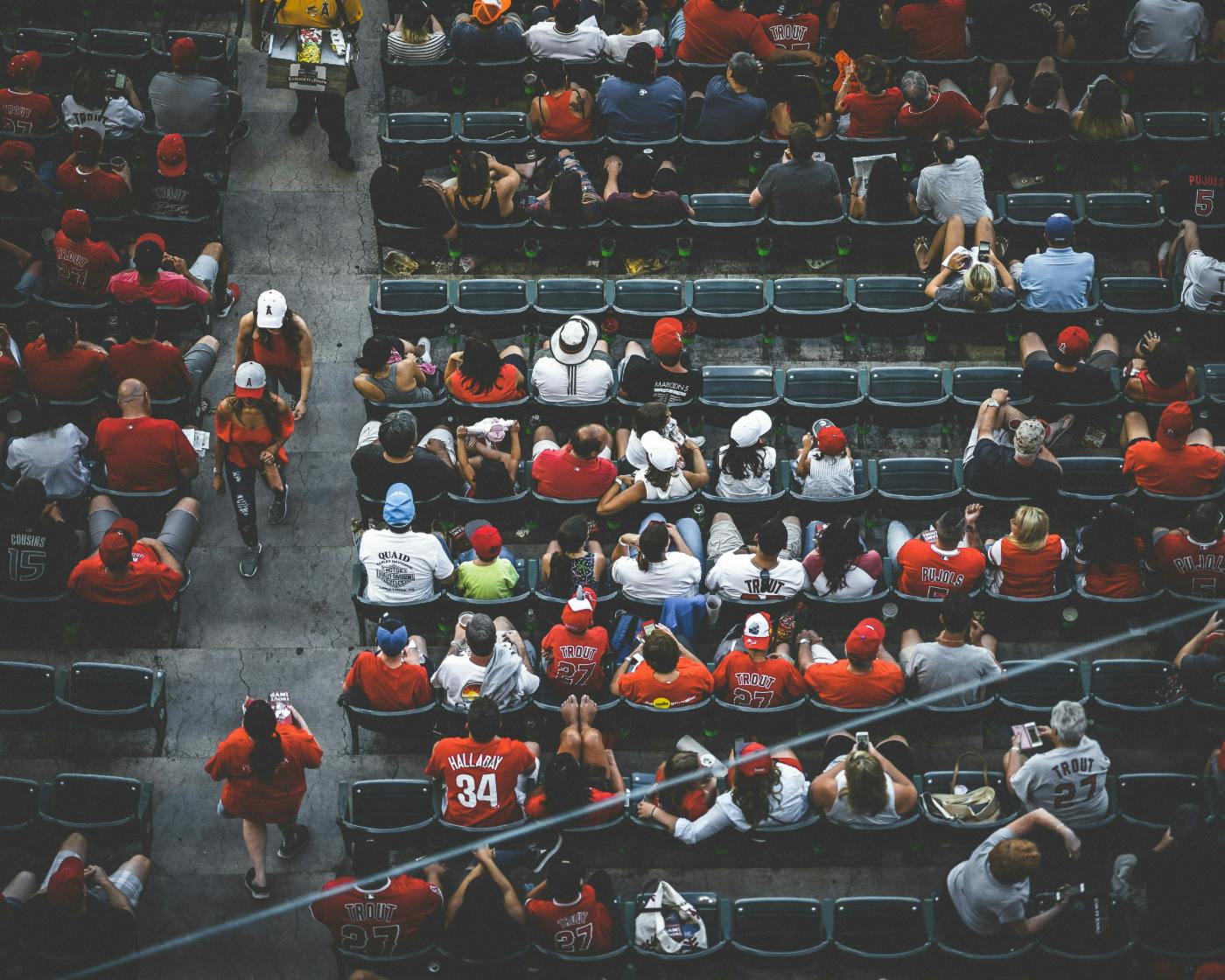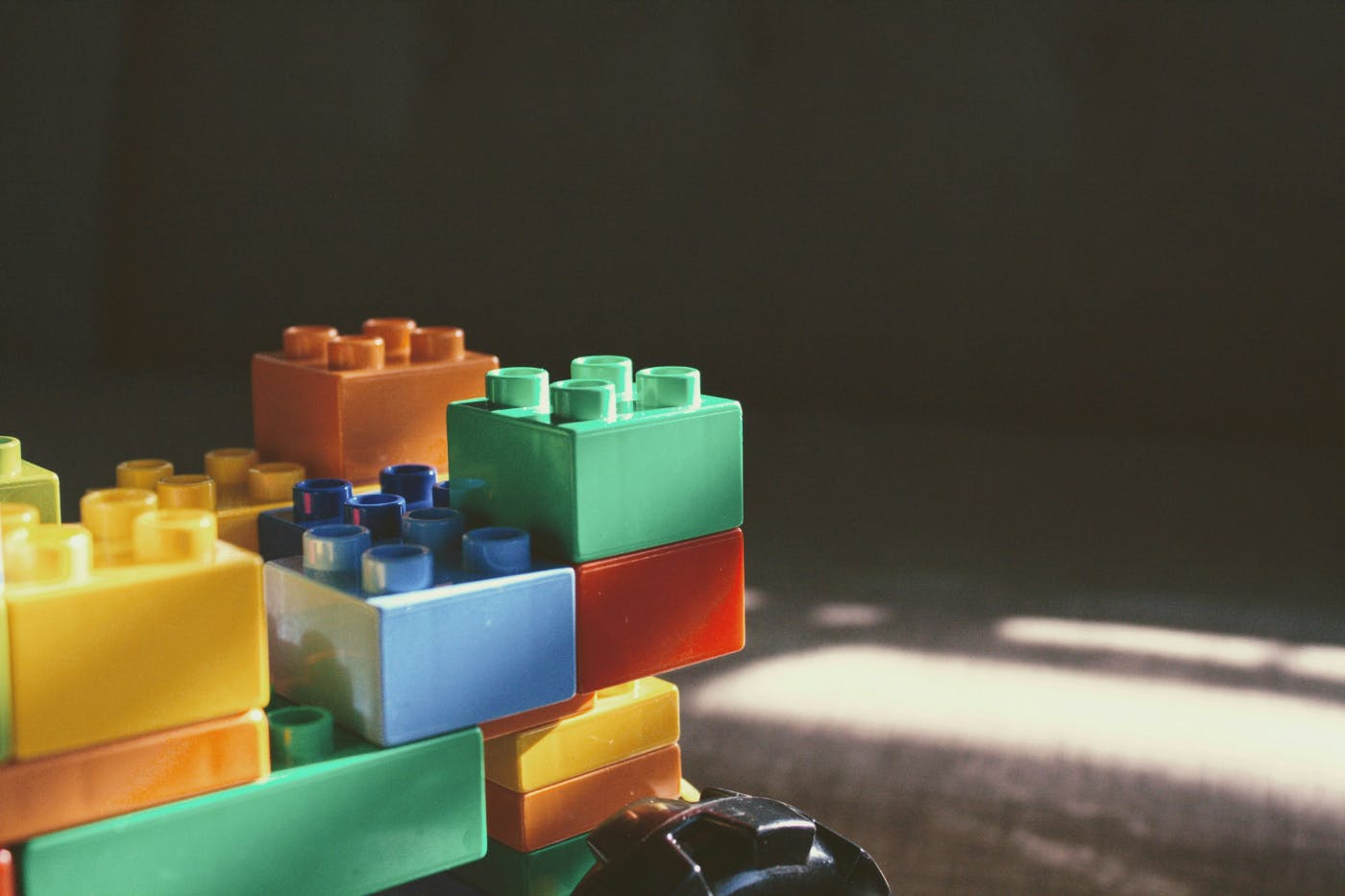
Because we’ve spent the last four parts breaking down what loyalty isn’t, what brands get wrong, and who’s actually getting it right. But now we’re asking the bigger question: Is brand loyalty even a thing anymore?
The Future of Brand Loyalty (If There Is One)
Bad craziness, friends.
Upon my escape from the fan-tan lord, I was picked up by a traveling group of mute monks. Their only means of communication? Hallucinogenic visions triggered by snorting a dried and powdered blend of bear repellent and Grey Poupon. I have been tripping my brains out for days. At one point, I had an extensive, deeply emotional conversation with an everything bagel and a shmear of cream cheese. I believe I am now in love with this bagel—but that’s a story for another day.
The other monks are currently deep in the throes of ecstasy, which gives me a rare moment of clarity—and a window to finish this series and, ideally, locate their stash of Taco Bell coupons.
So, onward. To the end.
Because we’ve spent the last four parts breaking down what loyalty isn’t, what brands get wrong, and who’s actually getting it right. But now we’re asking the bigger question: Is brand loyalty even a thing anymore?
In a world of micro-moments, constant brand fatigue, and an endless stream of shiny new options, does long-term loyalty still make sense—or is it a relic from a slower, less swipeable age?
Let’s talk about the future. If there is one.
The Loyalty Shift: From Lifelong to Moment-Based
There was a time when brand loyalty looked like a long-term relationship. People found a brand they liked, and that was that. They’d stick with the same soap, same shoes, same soda for years—sometimes out of habit, sometimes out of scarcity, and sometimes out of genuine connection. It was simple. Predictable. Monogamous.
That time is over.
Today, loyalty is less like a marriage and more like situationship energy. Customers aren’t committing for life—they’re committing for now. For this moment. For this one purchase, this one product drop, this one vibe they’re currently into.
It’s not disloyalty. It’s just... practicality.
People are overwhelmed by choice. They’ve been burned by brands before. They’ve seen the apology notes and the empty promises and the slick campaigns that turn out to be all gloss and no guts. So they keep their options open. They move fast. And they don’t mistake a good interaction for a lifelong bond.
Brands that are still trying to build forever-loyal customers are operating under a model that doesn’t match the way people live—or shop—anymore. That’s not to say long-term loyalty doesn’t exist. It does. But it’s earned differently now. And it looks more like recurring alignment than a locked-in relationship.
Loyalty in 2025 is less about “I’ll stay with you no matter what” and more about “If you keep being great, I’ll keep showing up.”
That’s the shift. And it’s already happened.

Micro-Loyalties and Fickle Fandom
If traditional loyalty was about decades of devotion, today’s loyalty looks more like speed dating. Customers fall hard, fall fast—and fall out just as easily.
Welcome to the era of micro-loyalties.
A micro-loyalty is a temporary bond between a customer and a brand based on a very specific, often fleeting, alignment. Maybe it’s a campaign that hits just right. A product that perfectly solves a problem. A brand voice that’s funny and sharp in this moment. Or maybe it’s just a social post that made someone feel something—and earned the brand a brief stint in their mental favorites folder.
These mini-affiliations are real. They can be powerful. But they’re not permanent. And that’s okay—as long as brands don’t confuse attention for allegiance.
Just because someone reposts your campaign doesn’t mean they’ll buy from you. Just because they love your clever packaging doesn’t mean they trust your values. And just because you went viral on Tuesday doesn’t mean you’re part of anyone’s life on Friday.
We see it all the time with trending products and aesthetic brands. The fandom is intense. The energy is there. And then, just like that, it moves on to the next shiny thing. The loyalty was real—it just had an expiration date.
This doesn’t mean brands should stop trying to create moments that resonate. Far from it. But it does mean adjusting your expectations. Loyalty isn’t always a forever thing. Sometimes it’s a right-now thing. And sometimes, that’s all it needs to be.
The key is recognizing micro-loyalties for what they are: opportunities to connect meaningfully, even if only briefly. Nail that connection, and you might earn another one. And another. Until eventually, those moments start to stack. That’s the new path to loyalty.
One moment at a time.
The Attention Economy Ruined Everything (Sort Of)
Here’s the tough truth: it’s not that people don’t care about brands. It’s that people barely have the mental bandwidth to care about anything for more than 12 seconds at a time.
The modern consumer is operating in survival mode—endlessly bombarded with content, ads, headlines, pings, likes, algorithmic nudges, and that one email they’re too scared to open. In this environment, loyalty isn’t just hard—it’s borderline miraculous.
This is the attention economy, and it’s vicious. Everyone is fighting for a slice of your time, your focus, your clicks. And in that scramble, it’s easy to mistake visibility for value. But here’s the thing: just because a customer sees your brand doesn’t mean they remember it. Just because they remember it doesn’t mean they trust it. And just because they trust it doesn’t mean they care.
Loyalty is a slow-burn emotion living inside a rapid-fire world.
In this landscape, brands that rely on constant novelty to keep people hooked end up trapped in a cycle of attention-chasing. They throw out flashy campaigns, viral stunts, gimmicks, “drops,” and limited-edition everything—just to keep people looking. But attention isn’t loyalty. And when the stunts stop landing, the audience moves on.
The brands that build actual loyalty in this economy don’t try to out-shout everyone else. They do the opposite. They build quiet consistency. They show up in a way that makes people feel something—again and again—until that feeling becomes a kind of trust.
They don’t demand attention. They earn a place in the noise.
Because the truth is, we’re all overloaded. And in that overload, customers start gravitating toward the brands that feel... stable. Familiar. Honest. Low-effort in the best possible way.
Not everything needs to go viral. Not everything needs to trend. Sometimes loyalty is as simple as being the brand that doesn’t make people feel exhausted.

Can Loyalty Even Scale Anymore?
Here's where things get tricky. Everything we’ve talked about so far—trust, connection, consistency, emotional relevance—it all sounds great when you’re a small, scrappy brand with 12 employees and a Slack channel full of memes. But what happens when you grow? When your customer base multiplies? When your inbox turns into a support ticket tsunami and the founder can’t personally reply to DMs with fire emojis?
Can loyalty scale without becoming soulless?
That’s the real challenge.
Because at a certain point, the systems built to maintain relationships start to replace the relationships themselves. You automate the messaging. You template the outreach. You hire people to sound like the original voice of the brand, and suddenly the whole thing feels like a reenactment of intimacy rather than the real deal.
You can feel it as a customer. The tone gets a little too polished. The “Hey [First Name], we miss you!” emails show up like digital postcards from someone who never actually knew you. The cracks start to show.
But this doesn’t mean loyalty can’t scale. It just means it has to scale differently.
Instead of trying to replicate personal connection at mass scale, brands need to think in terms of scalable authenticity. That might mean:
- Building systems that preserve tone and personality, not just efficiency
- Empowering real humans in customer support to use judgment, not scripts
- Creating rituals and brand experiences that grow with the customer
- Showing behind-the-scenes transparency as you grow, not just success stories
The goal isn’t to trick people into thinking they’re your only customer. It’s to make them feel like they matter, even when you’ve got thousands of them.
The brands that scale loyalty well aren’t the ones who try to fake intimacy. They’re the ones who build culture—something customers can be part of, even as the brand grows.
Because loyalty doesn’t die at scale. But it does become harder to earn—and a lot easier to fake.
Is Loyalty Still Worth Pursuing?
Let’s pause for a moment of heresy: What if chasing loyalty isn’t the move anymore?
Not because loyalty isn’t valuable—but because the version most brands are chasing doesn’t actually exist. The eternal customer. The lifelong brand evangelist. The person who will stand by your product through recessions, rebrands, and the collapse of Western civilization. That person? Extremely rare. Possibly imaginary.
So is it still worth building toward?
Yes—but with a massive asterisk.
The goal shouldn’t be to make people stay forever. The goal should be to make them want to come back.
Loyalty today is less about lifetime devotion and more about repeated permission. You show up well, people come back. You stay honest, they come back. You keep delivering, they come back. But the moment you overstep—by faking it, phoning it in, or talking down to them—they’ll leave. And that’s their right.
Trying to engineer forever-loyalty is like trying to engineer love. It comes off clingy. Desperate. Uncomfortable.
What works instead? Trust. Delight. Identity. A great product, wrapped in a brand experience that’s consistent, clear, and genuinely enjoyable to engage with. If you do those things, people will stay as long as it feels right—and then come back when it feels right again.
And maybe that’s the point: brands need to be okay with not being someone’s everything forever. Because trying to trap customers in a loyalty program, or a digital ecosystem, or an emotional dependency isn’t loyalty. It’s marketing codependence.
Focus on being great in the moment. And then be great again. Loyalty will follow—not out of obligation, but out of respect.
And in 2025, that’s the only kind that matters.

How Brands Can Prepare
If the old model of loyalty is cracking—and it is—then the smart move isn’t to glue it back together. It’s to build something that works for the reality we’re all living in: fast, fragmented, emotionally selective, and deeply suspicious of anything that feels fake.
Here’s what that looks like:
1. Focus on consistency, not permanence.
Stop trying to lock people in. Instead, give them a reason to come back every time they interact with you. Be reliably excellent, not perpetually clingy.
2. Build flexible identities.
Your brand can’t be all things to all people, but it can be a little more open to evolution. Leave room for your voice, your values, and your offerings to grow alongside your audience.
3. Prioritize being part of the customer’s life, not just their inbox.
Don’t aim for visibility—aim for relevance. Be the brand they reach for when they’re tired, inspired, bored, hopeful, or stuck in traffic. That’s the kind of presence that earns trust.
4. Embrace seasonal loyalty.
It’s okay if people come and go. If you treat them well when they’re with you, they’re more likely to return. And when they do, they’ll remember how you made them feel—not what you made them buy.
5. Design for trust, not just retention.
Retention is a metric. Trust is a relationship. And relationships require honesty, humility, and the willingness to listen without immediately trying to upsell.
This isn’t about chasing loyalty like it’s a KPI. It’s about showing up like a brand that knows who it is, respects the customer’s time, and doesn’t need fireworks to prove its worth.
Because the brands that are built to last aren’t the ones with the stickiest tactics. They’re the ones with the strongest backbone.
Summing Up
So here we are. Five parts deep into the loyalty problem, and what have we learned?
Brand loyalty isn’t gone—it’s just gotten picky. It’s faster, flightier, more skeptical, and more emotionally selective than ever before. Customers aren’t chasing forever—they’re chasing resonance. And if your brand can’t offer that, even for a moment, they’ll scroll past without so much as a breakup text.
What worked in the past—points, perks, polite newsletters—isn’t going to cut it in the present. Or the future.
What will?
Consistency. Clarity. Emotional relevance. Cultural fluency. And above all, trust.
Brands need to stop trying to build digital relationships that last forever and start building ones that are worth coming back to. It’s not about holding customers hostage—it’s about being so good, so grounded, and so real that people choose you again and again, not because they have to... but because they want to.
At ThoughtLab, this is exactly how we approach branding. Loyalty doesn’t come from a single moment—it comes from a strong identity, lived out consistently across everything you do. That’s why we take a brand-first approach to everything: websites, messaging, campaigns, customer experience. Because when your brand knows who it is, loyalty becomes a byproduct—not a pursuit.
We don’t help brands trap customers. We help them become unforgettable.
Up Next
That’s it. The monks have reawakened. The everything bagel has returned to my dreams. The Taco Bell coupons were expired.
But if you’ve made it this far, congratulations—you’ve survived The Loyalty Problem. And hopefully, now you’re ready to build the kind of brand people actually want to stick with.
Even if it’s just for now.
Oh, and there is an epilogue to this journey as well, so stay tuned a little longer.

